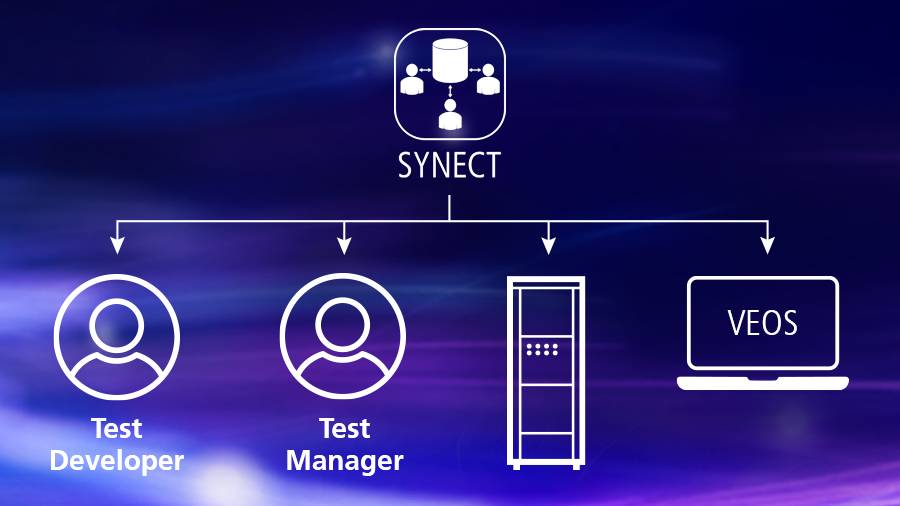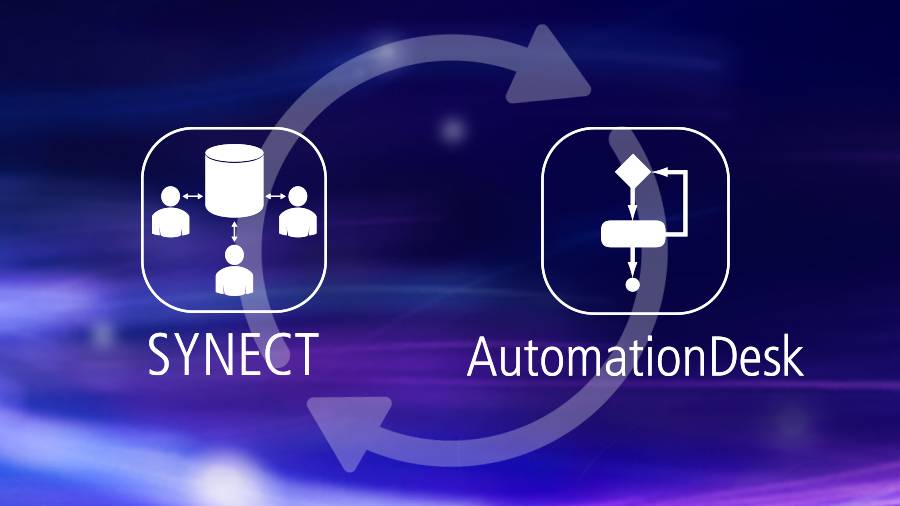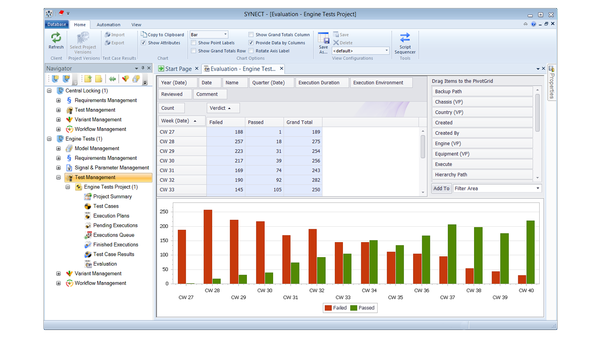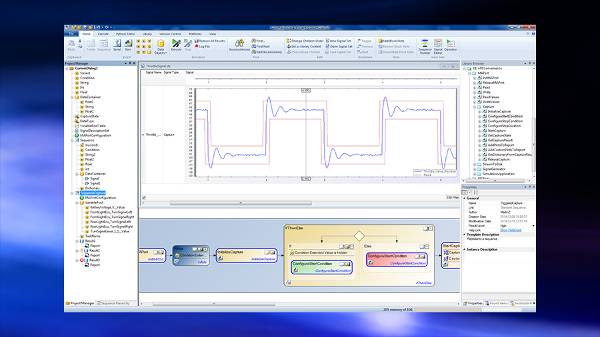Why has test management become increasingly important for automotive companies?
The previous part of the blog “Switching from manual to automated tests” compared the advantages and disadvantages of manual and automated testing. In the rapidly evolving world of automotive engineering with its exponentially increasing complexity, the integration of automation has become a crucial factor.
Test automation in particular has become immensely important in ensuring the safety and reliability of modern vehicles. However, many assume that once test automation is in place, the job is done. With the increasing number of automated tests, test management becomes even more important for automotive companies once they have introduced test automation. In this article, we look at why test management is essential despite the introduction of test automation.

The test manager must ensure that both the legal requirements and the internal processes are correctly adhered to.
Role of the test manager
When introducing test management activities, the role of the test manager must be considered. The test manager has expertise in process-compliant validation and is responsible for establishing a tailored test process, including planning, execution, and reporting.
Test planning is the foundation of a successful testing process. It involves carefully strategizing and outlining the approach to testing, ensuring that the software is examined comprehensively and any potential risks are addressed. The test execution phase involves the actual testing of the software. The test cases developed on the basis of requirements are executed either manually or automatically in several test cycles. Effective reporting is the backbone of test management as it provides stakeholders with valuable insights into the testing progress and product quality.
Test managers and test engineers: Collaboration is the key
Collaboration between test managers and test engineers plays a central role in any successful testing process. The test manager has a crucial responsibility in this partnership by defining the test strategy and creating a comprehensive test plan, while the test engineer is responsible for the development of test cases and the implementation of automated test procedures.
The synergy between test managers and test engineers ensures seamless execution and consistency of the testing process. The test manager provides valuable guidance and direction to the test engineers by aligning their efforts with the overall test objectives and monitoring progress in the testing process. In addition, the test manager is also responsible for assigning requirements to the test developers and keeping them informed of any changes or new requirements that may arise. This proactive approach ensures that the test team remains agile and adaptable and can adjust to the changing project requirements. The test developer plays a crucial role by keeping the test manager informed about the status of the automated test implementation. They also ensure comprehensive coverage of the requirements and make sure that no critical aspects remain untested.
Essentially, collaboration between test managers and test developers forms the backbone of a successful testing process. This backbone must be based on a common database that enables seamless collaboration between all roles involved and is supported by a suitable tool throughout the process.

Well networked: All parties - people and technology - must be able to access the same database at any time and from anywhere.
Connecting data for traceability is critical
SYNECT from dSPACE is a collaboration and data management tool that connects data from application life cycle management tools with data from different XIL test tools to establish traceability across tool boundaries. Connecting data for traceability is critical for tracking the progress of test activities, identifying potential bottlenecks, and ensuring compliance with test standards. A well-implemented test management system provides detailed reporting and traceability from requirements to test results, helping stakeholders assess the quality of the application and make comprehensive decisions. Without proper test and data management, stakeholders might not have visibility into the testing process, leading to uncertain project progress and a lack of confidence in the automated test results.
In addition, it is important to enable seamless communication and collaboration between the different roles involved in the process. SYNECT provides a robust solution to improve this interaction. Comments, tasks, and important information can be easily linked directly to the test item within the tool. This is achieved through features such as status models or similar functionalities. This approach ensures that test managers and test engineers are always up to date and informed about important details of the test process, such as requirements or the current status of the test implementation.

The best of both worlds: SYNECT provides a comprehensive data and test management solution, while AutomationDesk enables the creation and execution of automated step and signal-based tests.
Test and data management is essential for testing and validation
In summary, test and data management is essential for efficient validation. It ensures data integrity, promotes traceability, helps with regulatory compliance, and improves collaboration. Investing in robust test and data management practices is an investment in the success and quality of your products, making it an essential part of modern software and product development processes. dSPACE's SYNECT provides a comprehensive data and test management solution that enables seamless collaboration across teams with different user roles, such as the test managers, test engineers, and testers discussed in this blog.
dSPACE's AutomationDesk enables the creation and execution of automated step and signal-based tests. Connect your data using the combined solution of SYNECT and AutomationDesk to centrally organize and orchestrate test executions, enabling global collaboration and efficient use of the platform around the clock, as well as traceability from requirements to test results and vice versa.
About the author

Ömer Fazil Köroglu
Product Manager, Automated Driving & Software Solutions, dSPACE GmbH




